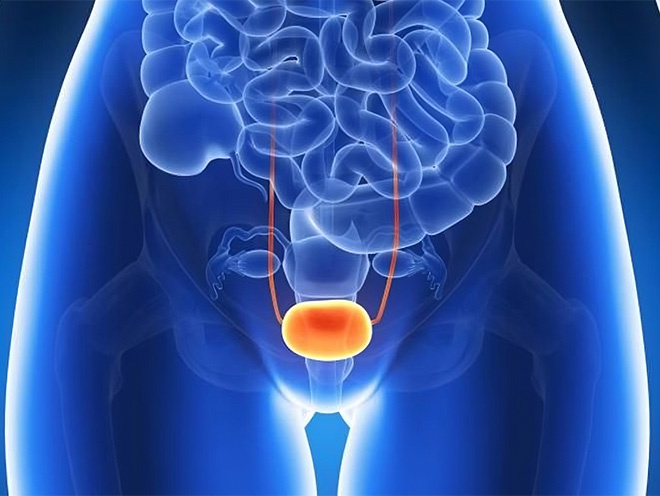

What is bladder cancer?
Bladder cancer is a malignant tumor that occurs in the bladder mucosa. It is the most common malignant tumor of the urinary system and one of the ten most common tumors of the whole body. Bladder cancer can occur at any age, even in children. Its incidence rate increases with age, and the high incidence age is 50 to 70. The incidence of bladder cancer in men is three to four times higher than that in women. According toworldcancer statistics, there will be approximately 573,000 new cases and 213,000 deaths in 2020. Malaysia has the third-highest bladder cancer mortality rate in Southeast Asia.
So can middle and late-staged bladder cancer be cured? Minimally invasive techniques with little side effects and trauma can help bladder cancer patients avoid surgical resection, avoid suffering from traditional radiotherapy, and effectively prolong the survival period.
For more knowledge about cancer, please consult our doctors online.



